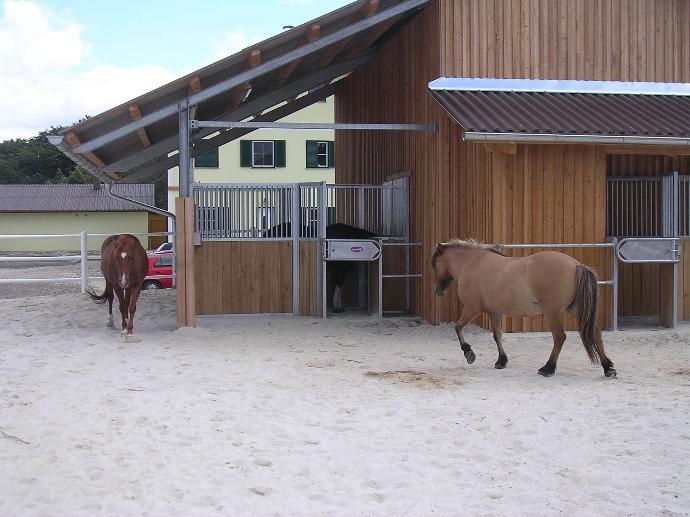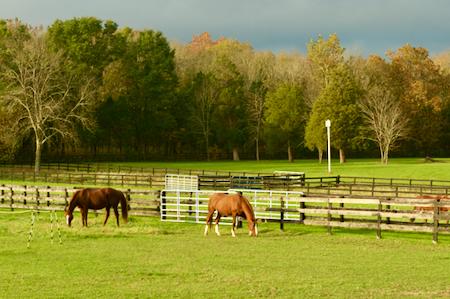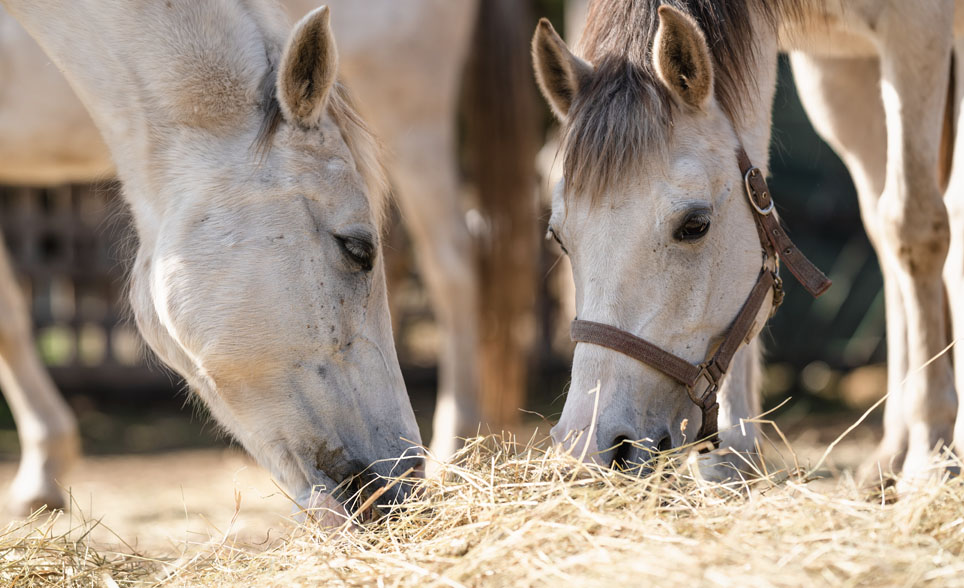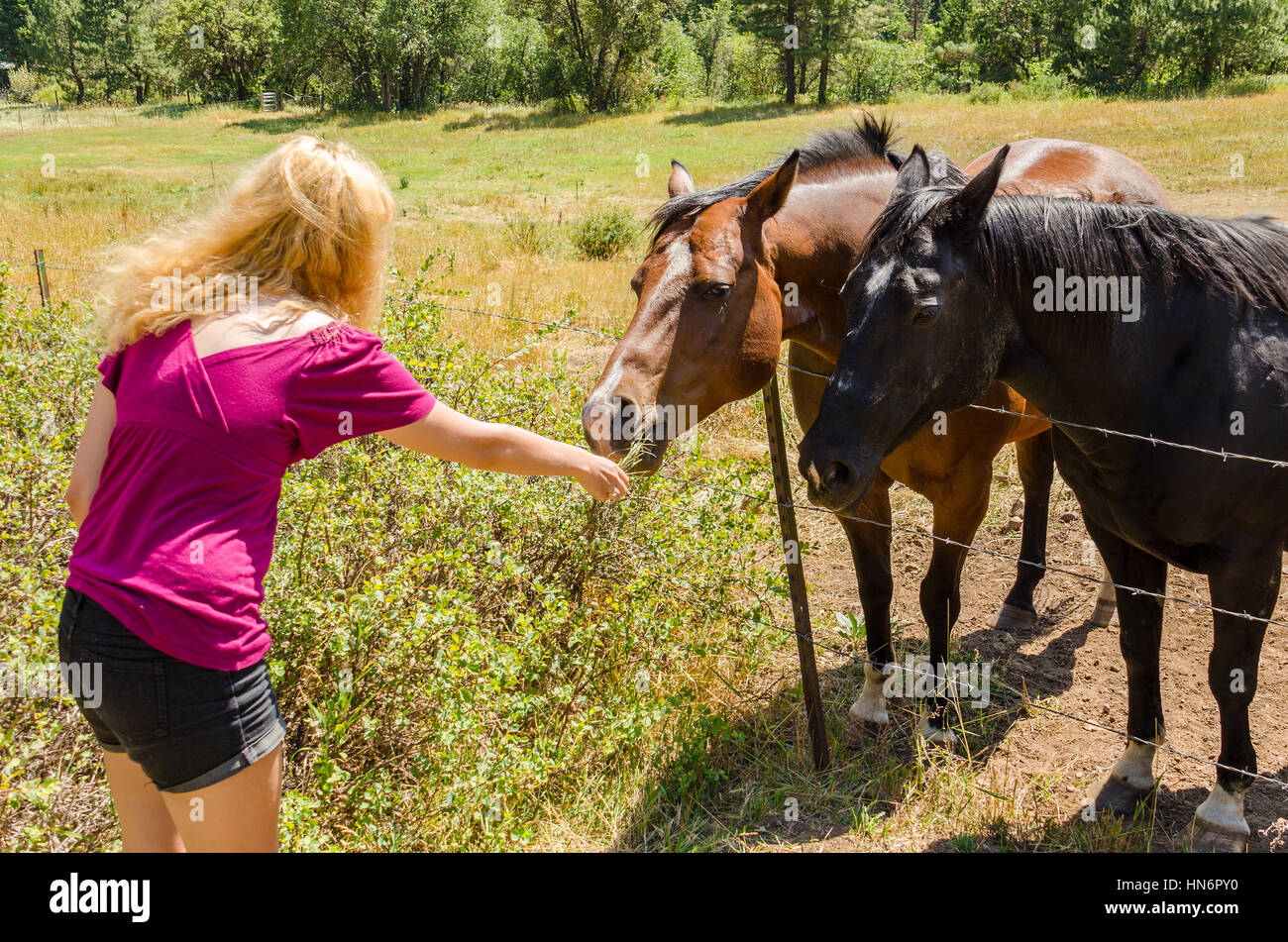Feeding Multiple Horses: Managing Group Dynamics

Feeding multiple horses in a group setting requires careful management to ensure all animals receive adequate nutrition while maintaining harmony within the herd. This article explores strategies to effectively manage group feeding dynamics, addressing common challenges and offering practical solutions.
Understanding Group Dynamics Among Horses

Horses are social animals with established hierarchies that influence their behavior during feeding times. Dominant horses may try to monopolize food, while submissive ones might struggle to access their share. Recognizing these social structures is crucial for successful group feeding.
Key Challenges in Feeding Multiple Horses

- Competition for Food: Dominant horses may push others away.
- Unequal Nutritional Intake: Some horses may overeat, others may under-eat.
- Stress and Aggression: Feeding time can become a source of tension.
- Health Risks: Overeating or inadequate feeding can lead to colic or weight issues.
Strategies for Managing Group Feeding

| Strategy | Description | Benefits |
|---|---|---|
| Separate Feeding Areas | Use partitions or separate spaces to feed horses individually or in small groups. | Reduces competition and stress. |
| Scheduled Feeding Times | Feed horses at consistent times to establish routine and reduce anxiety. | Promotes calm behavior. |
| Monitor Individual Intake | Observe each horse to ensure they consume the right amount of feed. | Prevents nutritional imbalances. |
| Use Slow Feeders or Feeders with Dividers | Slow down eating and prevent dominant horses from eating too quickly. | Encourages fair feeding opportunities. |
Practical Tips for Group Feeding
- Provide multiple feeding stations to minimize competition.
- Use high-quality, balanced feed tailored to each horse’s needs.
- Incorporate hay nets or slow feeders to extend feeding time.
- Regularly assess body condition and adjust feeding accordingly.
- Train horses to respect feeding boundaries and reduce aggressive behavior.
FAQ
Q1: How can I tell if a horse is not getting enough food in a group setting?
Look for signs such as weight loss, poor coat condition, or behavioral changes like increased aggression or withdrawal.
Q2: Is it better to feed horses separately or together?
Feeding separately can reduce competition but may not always be practical. Using strategies like multiple feeding stations can help balance group feeding.
Q3: What are the risks of feeding horses too quickly?
Rapid eating can cause digestive issues like colic and increase the risk of choking.
Q4: How do I manage feeding for horses with special dietary needs in a group?
Provide individualized feeding plans and consider feeding these horses separately or using specialized feeders.
Managing group feeding effectively ensures all horses remain healthy and stress-free. By understanding herd dynamics and implementing thoughtful feeding strategies, you can create a harmonious and nutritious feeding environment for your horses.
